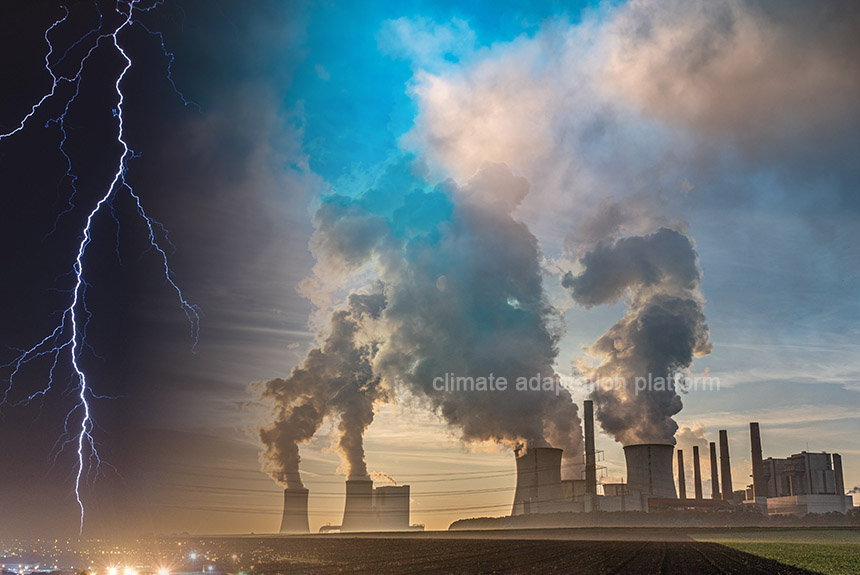More than 110 countries have set targets to achieve carbon neutrality in the mid-21st century to limit the negative impacts of climate change. Countries believe achieving carbon neutrality by 2050 is needed to meet the Paris Agreement’s target of limiting warming to within 2°C, preferably to 1.5 °C by 2100.
Climate change and air pollution are two sides of the same coin. Extraction and use of fossil fuels emit GHG and other air pollutants, so achieving carbon neutrality will reduce air pollution and improve air quality. However, changes in air pollutants can also affect the climate.
For instance, tropospheric O3 in the atmosphere has a positive radiative force, which means that the Earth receives more incoming energy from sunlight than it radiates to space. This net gain of energy will cause warming. Other particulate matter (PM) can either have cooling or warming effects. For example, black carbon (BC), a particulate pollutant from combustion, contributes to climate warming, while sulphate aerosol cools the earth. Therefore, reducing air pollution emissions toward carbon neutrality may dampen or boost the effects of GHG mitigations.
A study published in Nature Communications in November 2023 outlined the issue of atmospheric aerosols and their counterproductive effect on climate warming.
“The results suggest that the future aerosol reductions significantly contribute to climate warming and increase the frequency and intensity of extreme weathers toward carbon neutrality, and aerosol impacts far outweigh those of GHGs and tropospheric O3. It reverses the knowledge that the changing GHGs dominate the future climate changes as predicted in the middle of the road pathway. Therefore, substantial reductions in GHGs and tropospheric O3 are necessary to reach the 1.5 °C warming target and mitigate the harmful effects of concomitant aerosol reductions on climate and extreme weather events under carbon neutrality in the future.”
“This research highlights the continued need to find more sustainable solutions to not only tackling greenhouse gas emissions but associated pollutants too, to give the world a better chance at reaching ambitious targets and mitigate against the plethora of environmental, economic and social impacts that global warming is likely to cause in the decades and generations to come” (Bird, 2023).
Read the entire study by clicking on the link provided in the “Source” section.
Source:
Wang, P., Yang, Y., Xue, D., Ren, L., Tang, J., Leung, L. R., & Liao, H. (2023). Aerosols overtake greenhouse gases causing a warmer climate and more weather extremes toward carbon neutrality. Nature Communications, 14(1), 1-11. https://doi.org/10.1038/s41467-023-42891-2
Bird, H. (2023, November 23). Carbon neutrality likely to increase extreme weather events by 2050, finds study. Phys.Org. Retrieved from https://phys.org/news/2023-11-carbon-neutrality-extreme-weather-events.html



Leave a Reply